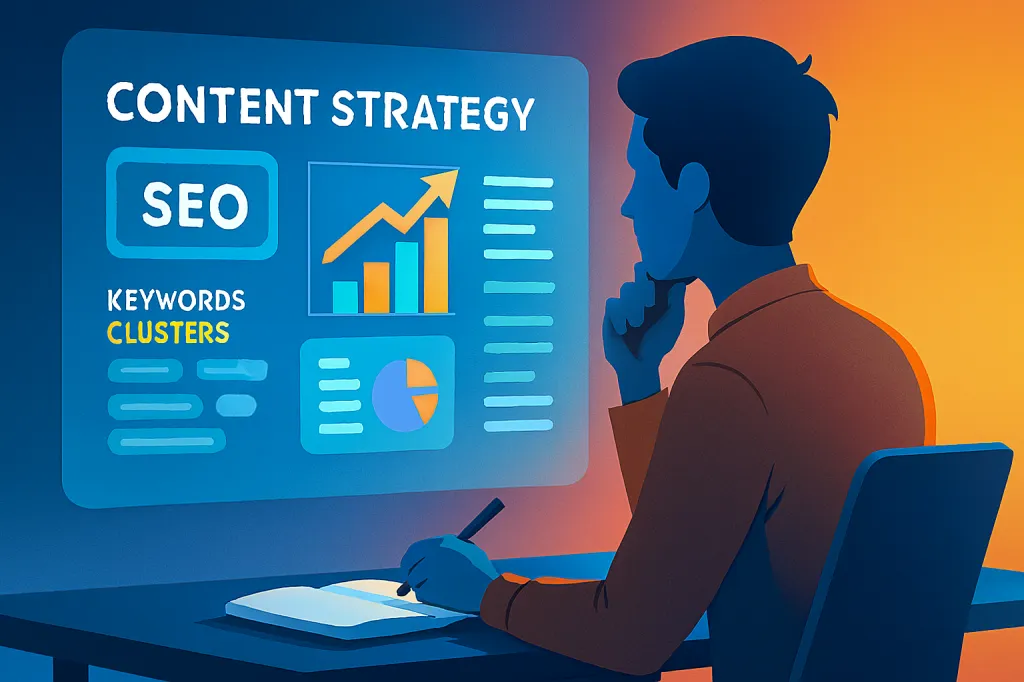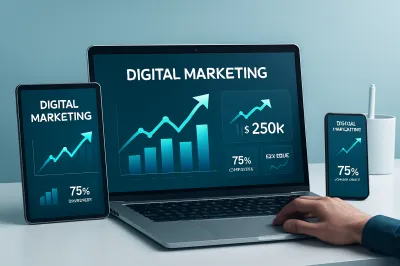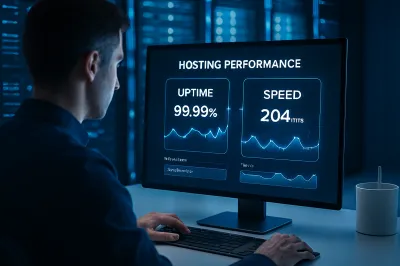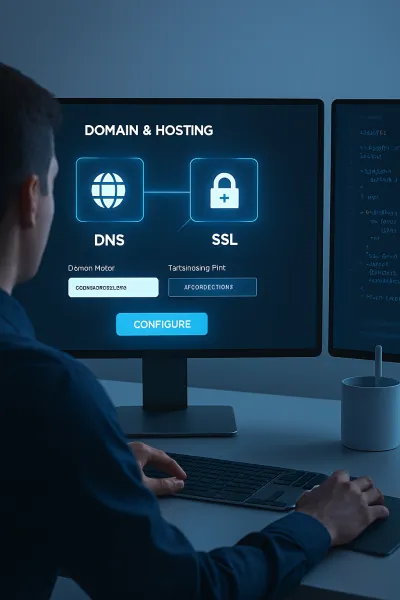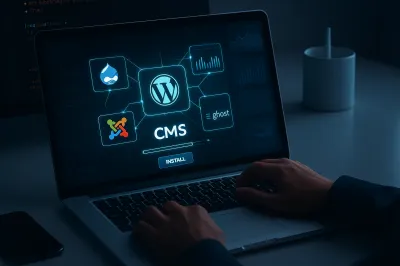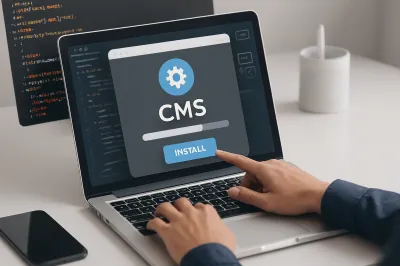Quick TOC: Jump to any section.
In 2025, the Google search results page (SERP) is more dynamic and intelligent than ever. With AI Overviews, Featured Snippets, and "People Also Ask" boxes, Google is increasingly providing direct answers to user queries. This phenomenon, known as the "Zero-Click Search," presents a critical challenge for bloggers: how do you survive when the answer doesn't require a click?
This academic and practical guide will break down the strategies you need to not only survive but thrive in this new search landscape. It's time to shift our focus from merely ranking to creating undeniable value that compels a click.
1. The Paradigm Shift: Why "Ranking #1" Is No Longer Enough
Historically, the primary goal of SEO was to secure the top position on the SERP, which guaranteed a significant portion of traffic. However, the modern SERP is designed to satisfy user intent as quickly as possible—often within the results page itself. A user searching "how to boil an egg" can now get a step-by-step guide in a Featured Snippet without ever visiting a website.
"Zero-click searches are not a threat to be feared, but a new reality to be understood. The game has shifted from 'getting the click' to 'owning the query' and building a brand that users trust beyond a single answer."
This means our content strategy must evolve. We can no longer compete by simply providing the fastest answer. We must compete by providing the best, most comprehensive, and most valuable answer that makes clicking through an irresistible next step.
2. The "Answer and Elaborate" Method: A Practical Blueprint
This is the cornerstone of a modern zero-click strategy. The goal is to structure your content to both capture the snippet and provide deeper value.
Step 1: Answer the Question Immediately
Your first 50-70 words should be a concise, direct answer to the primary search query. This is the content Google will look for to populate a Featured Snippet or an AI Overview. Use clear, simple language.
Step 2: Provide Unmatched Depth (The "Elaborate" Phase)
After providing the direct answer, your content must immediately pivot to what Google can't show on the SERP. This is where you create the incentive to click.
- Common Mistakes: Write a section on "5 Common Mistakes When Boiling Eggs."
- Expert Tips: Add a section with "Pro Tips for the Perfect Peel."
- Deeper Applications: Provide a recipe for "The Ultimate Deviled Eggs."
- Downloadable Assets: Offer a printable "Perfect Egg Boiling Time Chart."
By using this structure, you serve both the search engine and the user. You give Google a snippet-worthy answer while simultaneously showing the user that the *real* value lies beyond the SERP, on your page.
3. On-SERP SEO: Optimizing for High Click-Through Rates (CTR)
Your "storefront" on Google—your title and meta description—is more critical than ever. It's your one chance to make an impression and convince a user to click on your result instead of a competitor's, or instead of just accepting the AI-generated answer.
- Use Power Words & Numbers: Titles like "The Ultimate Guide to..." or "7 Essential Tips for..." are more compelling than generic titles.
- Include the Year: Adding "(2025)" or "(2026 Update)" signals that your content is current and relevant.
- Address the User Directly: Frame your meta description to speak to the user's need. Instead of "This article is about X," try "Struggling with X? Discover the simple steps you can take to solve it."
4. Building a Brand: Your Ultimate Defense
In a world of zero-click searches, the strongest SEO asset is a powerful brand. When users trust your brand, they will search for you directly (e.g., "startwithsite seo tips") or prefer your link in a list of results. Brand building is the ultimate long-term SEO strategy.
Focus on creating a consistent voice, a high-quality user experience, and building a community around your content. An email newsletter is the most powerful tool for this, as it allows you to bypass Google and communicate directly with your most loyal audience.
5. Conclusion: Diversifying Your Traffic Beyond Google
Finally, the rise of zero-click searches is a stark reminder that putting all your eggs in one basket is a risky strategy. While Google Search should remain a primary focus, it's wise to build traffic streams from other platforms.
- Video SEO: Create complementary video content for your articles on platforms like YouTube.
- Social Media: Build a presence on platforms where your target audience congregates.
- Podcasting: Explore audio content as another avenue to establish your expertise and reach a new audience.
By adopting these strategies, you're not just fighting against zero-click searches; you're building a more resilient, authoritative, and valuable online presence for the years to come.
